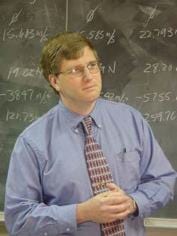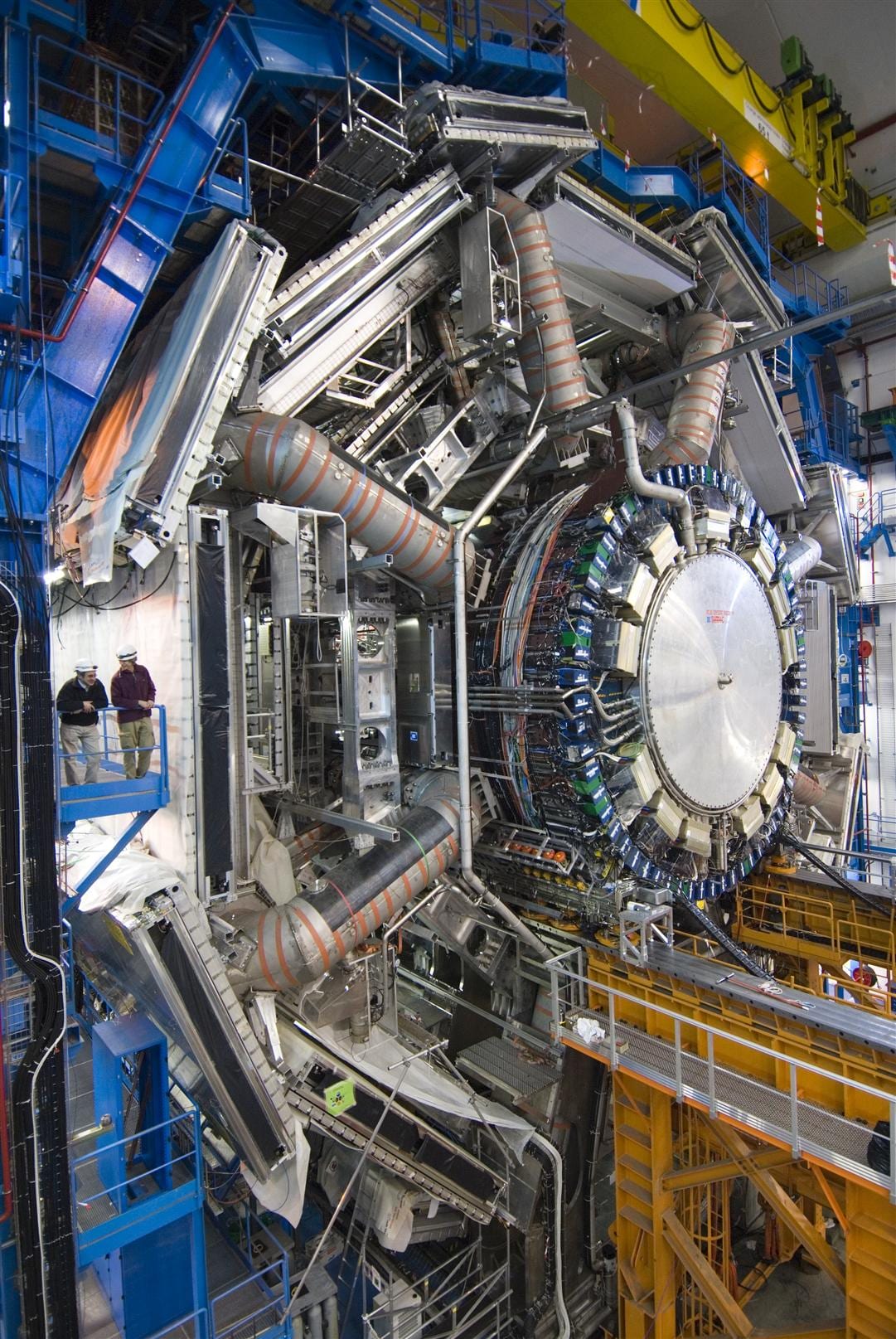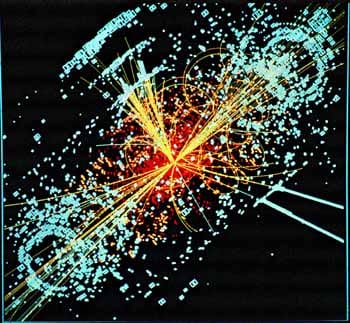Fredrick Olness, a professor in SMU’s Physics Department, has been named the inaugural lecturer in a program launched by the DESY laboratory, Germany’s premier research center for particle physics.
DESY’s “Theorist of the Week” program will bring prominent theorists from around the globe to spend a week at the lab’s analysis center in Hamburg, Germany. Olness, who will visit the laboratory in March, is the program’s first guest physicist.
 |
The visit is hosted by DESY. The “Theorist of the Week” program is sponsored by the prestigious Helmholtz Alliance, a structured research network comprising 18 German universities and three institutes, as well as DESY.
SMU’s Olness is co-spokesman of the CTEQ collaboration, an international collaboration of 30 experimentalists and theorists from 16 universities and five national labs working on quantum chromodynamics. Known as QCD, quantum chromodynamics is the theory of the strong nuclear force that binds the protons and neutrons inside the atomic nucleus.
At DESY, Olness will present a seminar on his research specialty and also will participate in extended discussions with German experts. This program will improve the exchange between theory and experiment, provide a forum for presenting the latest research advances, and will also generate an active intellectual environment for Ph.D. students.
The Alliance is part of a broad international effort to explore the physics at the Terascale — the highest energy scales available in the laboratory, enabling scientists to study interactions at the smallest distance scales as they try to characterize the fundamental forces and building blocks of nature.
An important component of this Terascale program is the new CERN particle accelerator near Geneva, Switzerland, called the Large Hadron Collider, or LHC. It is the highest-energy particle accelerator ever built. By accelerating protons to nearly the speed of light, the LHC functions as a “high-energy microscope” to study matter at the smallest distance scales.
“With the start-up of CERN’s LHC this past fall, we soon expect revolutionary results that will help us explain the origin of matter and decode the nature of dark matter,” Olness said. “Additionally, these results may provide glimpses of proposed extra spatial dimensions and new particles predicted by grand unified theories. Evidence for any of these phenomena would dramatically change our view of the world.”
Olness will visit DESY from March 8 to 12 and present his recent work on the “benchmark” processes that will be used to calibrate the discoveries that scientists anticipate will be made at CERN’s LHC. For example, Olness’ work on the W and Z boson production at the LHC can be used to calibrate various searches for the important Higgs boson, the hypothesized notion of super symmetry and other “new physics” processes that scientists hope to discover. Olness, with his CTEQ collaborators, will analyze a combination of data from DESY’s HERA electron-proton collider, the Tevatron proton-antiproton collider at the Department of Energy’s Fermi National Accelerator Laboratory near Chicago, Illinois, and various fixed-target experiments to distinguish “new physics” from “old physics” and thereby maximize the discovery potential of the LHC.
 |
| Moving an ATLAS end-cap calorimeter, which measures the energy of particles produced close to the axis of the beam when protons collide. Credit: CERN |
Olness is part of an SMU physics group working on projects related to the LHC. The team is led by Ryszard Stroynowski, chair and professor of physics at SMU. Other SMU physics faculty include Robert Kehoe, Pavel Nadolsky, Stephen Sekula and Jingbo Ye.
Stroynowski, Kehoe, Sekula and Ye work on the ATLAS detector, the largest of the four detectors that will study particle collisions at the LHC. Nadolsky is a leading researcher in the area of parton distribution functions, which are an essential component for making accurate predictions for LHC physics.
Olness was elected a Fellow of the American Physical Society in 2005 for significant contributions to understanding nucleon structure and heavy quark production in perturbative quantum chromodynamics. In addition to the DESY laboratory, Olness has worked at DOE’s Fermilab and at CERN’s LHC. Olness is co-author of the textbook Mathematica for Physics, which integrates new computer algebra tools into the core physics curriculum. This text is now in its 2nd Edition and also has been translated into Japanese.
At SMU, Olness received an SMU Ford Fellowship, the SMU “M” Award, and the President’s Associates Outstanding Faculty Award. He is director of the Dallas Regional Science & Engineering Fair, serves as president of the SMU Faculty Senate and brings physics to North Texas students with his “Physics Circus” public lectures to local schools.
“I particularly enjoy bringing my excitement for science discovery into the classroom with the ‘Physics Circus’ demonstration shows,” Olness said. “My love for science was fueled by my curiosity of how things work. Whether we are understanding the physics principles of a bed of nails or the substructure of the atom, curiosity is an essential ingredient for discovery.”
Related links:
CTEQ project home page
SMU Research: In the Beginning
SMU helps build particle detector
Fredrick Olness
SMU Department of Physics
Experimental high energy physics at SMU
Theoretical high-energy physics at SMU
![]() SMU video: Tour of CERN
SMU video: Tour of CERN
CERN basics
ATLAS
![]() CERN video: The God particle
CERN video: The God particle
Dedman College
